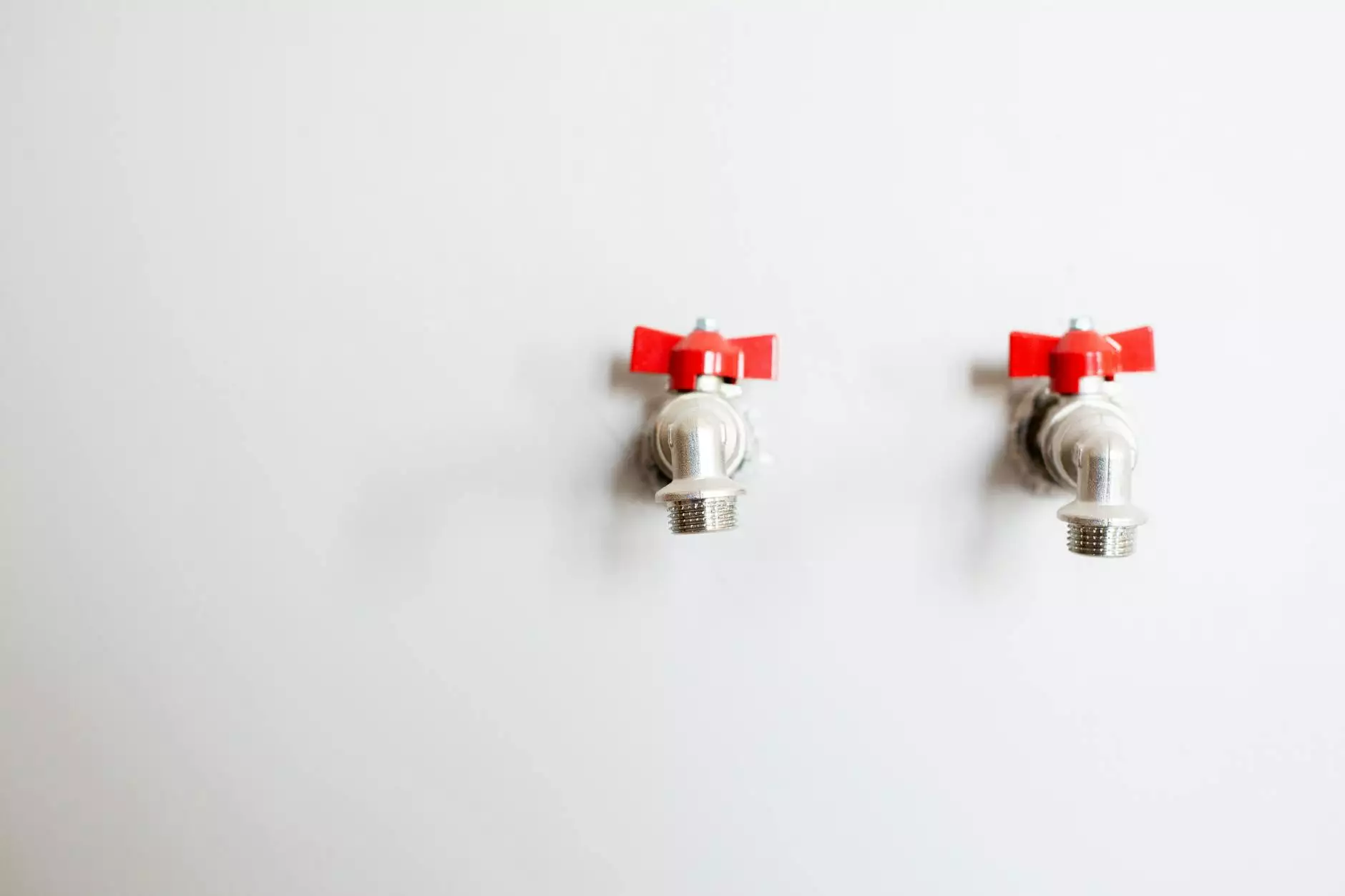Understanding Hydraulic Ball Valves: Your Comprehensive Guide

Hydraulic ball valves are essential components in many fluid control systems across various industries, including manufacturing, oil and gas, and water treatment. These devices enable efficient regulation of fluid flow, providing reliability and ease of use.
What Are Hydraulic Ball Valves?
A hydraulic ball valve is a quarter-turn valve that uses a spherical disc, known as a ball, to control the flow of fluid. The ball has a hole through the center, and when aligned with the flow, it allows fluid to pass through. When turned 90 degrees, the flow is stopped. This simple mechanism makes ball valves robust and reliable.
Key Features of Hydraulic Ball Valves
- Quick Operation: The quarter-turn design allows for quick opening and closing, making them ideal for applications requiring rapid response.
- Durability: Hydraulic ball valves are designed to withstand high pressures and temperatures, ensuring long-lasting performance.
- Minimal Leakage: The sealing mechanism in ball valves is highly effective, offering tight sealing and minimal leakage.
- Low Torque Requirements: These valves require less torque to operate compared to other types, which makes them easier to use.
- Versatility: Suitable for various media, including gas, liquid, and slurries, hydraulic ball valves are adaptable to diverse applications.
Types of Hydraulic Ball Valves
Hydraulic ball valves are categorized based on their design and application. Below are the most commonly used types:
1. Floating Ball Valve
The floating ball valve features a ball that is held in place by the compression of the sealing rings. As the valve closes, the ball is pushed against the outlet seat, ensuring a tight seal.
2. Trunnion Ball Valve
In a trunnion ball valve, the ball is fixed in place by a trunnion, allowing for higher pressures and larger sizes. This design is perfect for large-scale operations.
3. Full Bore Ball Valve
A full bore ball valve has an internal diameter equal to the pipeline diameter, allowing for minimal pressure drop and reduced risk of clogging.
4. Reduced Bore Ball Valve
This type of valve has a smaller diameter than the pipe, which can be useful for saving material and weight in certain applications where flow capacity is not a primary concern.
Applications of Hydraulic Ball Valves
Hydraulic ball valves serve a wide range of applications, each benefiting from their unique features:
- Oil and Gas Industry: Commonly used in drilling operations and pipelines to control and manage flow.
- Water Treatment Plants: Employed for controlling the flow through filters and tanks.
- Manufacturing Processes: Integral in managing the flow of fluids in various production lines.
- Pneumatic Systems: Often utilized in combination with pneumatic actuators for efficient control.
- HVAC Systems: Used in heating, ventilation, and air conditioning systems to regulate water and air flow.
Advantages of Using Hydraulic Ball Valves
The distinct advantages of hydraulic ball valves make them a preferred choice in many industries:
- Efficiency: Their design allows for a full flow path, minimizing pressure loss.
- Maintenance: Hydraulic ball valves require less maintenance compared to other types of valves, saving time and cost.
- Safety: Their reliable sealing reduces the risk of leaks, addressing safety concerns in hazardous environments.
- Cost-Effectiveness: Their durability and low maintenance needs often result in lower total operating costs over their lifespan.
- Adaptability: They can be used across various sectors with different fluid types, showcasing their versatility.
How to Choose the Right Hydraulic Ball Valve
Selecting the proper hydraulic ball valve for your application is crucial for optimal performance. Consider the following factors:
- Fluid Type: Determine the specific properties of the fluid (e.g., viscous, corrosive) to choose compatible materials.
- Temperature and Pressure Ratings: Ensure that the valve can withstand the operating conditions of the system.
- Size and Connection Type: Match the valve’s size and connection type with your piping system for proper installation.
- Actuation Method: Decide whether a manual, pneumatic, or electric actuator is suitable for your operational needs.
- Compliance Standards: Check for any industry-specific compliance requirements to ensure safety and efficacy.
Quality Standards for Hydraulic Ball Valves
When investing in hydraulic ball valves, it’s essential to consider their quality. Look for valves that comply with recognized standards such as:
- ANSI (American National Standards Institute)
- ASME (American Society of Mechanical Engineers)
- API (American Petroleum Institute)
- ISO (International Organization for Standardization)
Maintenance Tips for Hydraulic Ball Valves
Proper maintenance extends the lifespan and functionality of hydraulic ball valves. Here are some recommended practices:
- Regular Inspection: Periodically check for leaks, damages, and the condition of seals and seats.
- Cleaning: Keep the valve clean to prevent buildup that could impede performance.
- Lubrication: Apply appropriate lubricants to moving parts as necessary to ensure smooth operation.
- Testing: Conduct functional tests to ensure valves operate as intended under varying conditions.
- Replacement: Replace worn or damaged parts promptly to prevent system failures.
Conclusion
In conclusion, hydraulic ball valves are critical components in fluid control systems, offering robustness, efficiency, and safety across various industries. Understanding their features, types, and proper maintenance helps ensure that they perform optimally in your applications. By choosing the right hydraulic ball valve from trusted suppliers such as fitsch.cn, you can enhance the efficiency and reliability of your fluid systems.
Investing in quality hydraulic ball valves ultimately leads to improved operational performance, significant cost savings, and enhanced safety measures in industrial applications.



